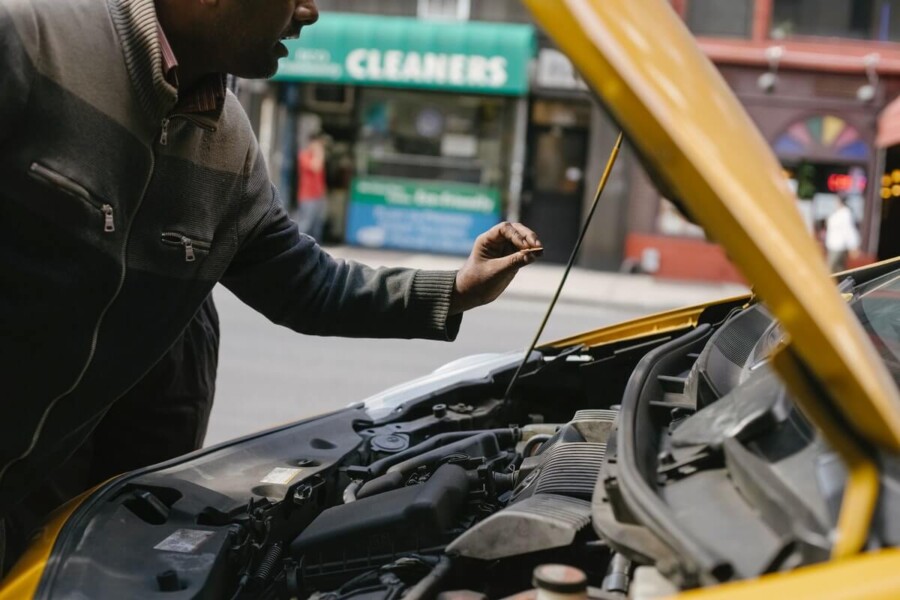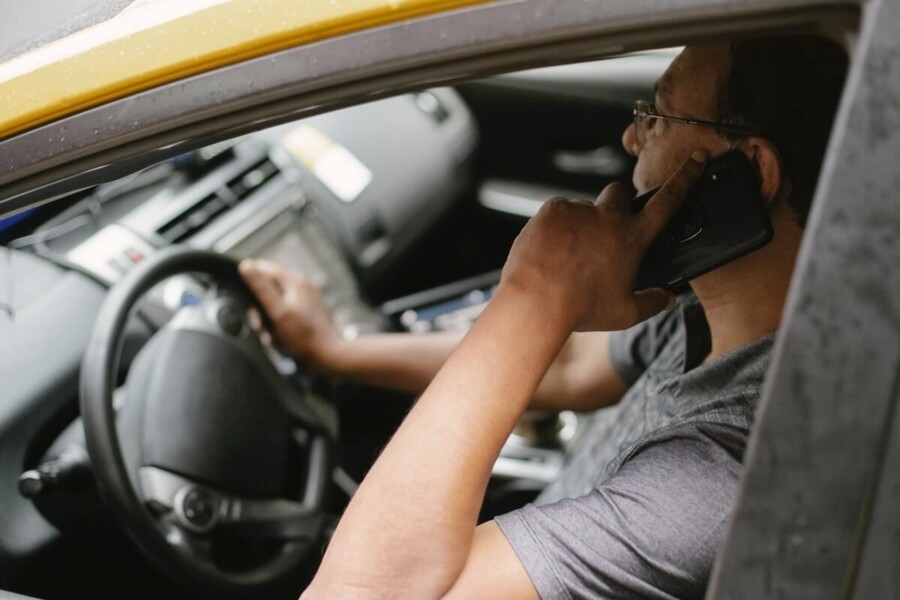Molts de nosaltres ens preguntem si ja ha arribat el moment de canviar el cotxe i la majoria no tenim clara la resposta ja que, quins aspectes determinen que el nostre cotxe ha de ser substituït?
Fer el pas a canviar el cotxe no sols depèn dels aspectes tècnics ja que la nostra situació econòmica i capacitat per a fer front a la compra d’un nou vehicle juga un paper molt important. A continuació, relatarem al detall tots els punts que determinen que el teu vehicle ha de ser substituït.
Quins factors determinen la vida útil d’un vehicle?
Comprar un cotxe és una de les inversions familiars més recurrents, una que tal com passa el temps i augmenten els seus quilòmetres va perdent valor. Se sol dir que els cotxe d’abans, al no posseir tants components electrònics i per tant amb obsolescència programada, duraven més que els d’ara, la qual cosa és en part cert ja que estima que els cotxes actuals tenen una vida útil d’uns 14 anys enfront dels 16 anys dels cotxes més antics.
Però, tant als cotxes antics com als més moderns se’ls han de fer manteniment com és la reparació de cristalls o canviar llunes cotxe urgent en el cas que hi hagi hagut algun imprevist en la carretera, així com tractaments complementaris com a desinfecció amb ozó cotxe o el poliment de fars.
A més d’aquesta mena de despeses, amb el pas del temps un vehicle comporta un altre tipus de despeses recurrents i cícliques, és a dir, en el moment que sempre hagis d’estar solucionant el mateix problema tal vegada has de pensar si ha arribat el moment de canviar de cotxe.
Si arribes al punt en el qual la despesa associada a les revisions i reparacions periòdiques juntament amb l’assegurança del vehicle suposen el 80% del que et costaria fer front a comprar un vehicle nou o de segona mà, significa que has esgotat la vida útil del teu vehicle i que és una bona idea i gens forassenyada apostar per comprar un nou.
I és que, segons els experts a partir dels 8 anys d’un cotxe, cal començar a plantejar-se quant costa mantenir-lo i si és o no rendible continuar amb ell.
D’altra banda, un altre punt que serveix per a calcular la vida útil del vehicle és el quilometratge ja que com tots sabreu quants més quilòmetres en el seu comptador, menys vida útil li queda ja que com més s’usa més es desgasta. Així doncs, segons els experts, el recomanable és que cap cotxe sobrepassi els 320.000 quilòmetres
Què fer per a allargar la vida útil d’un cotxe?
Mantenir en bon estat un vehicle és senzill si sabem com fer-ho i és que canviar llunes cotxe urgent, en el cas que hagi ocorregut un imprevist, fer-li un poliment de fars o una desinfecció amb ozó cotxe per a mantenir net, lliure gèrmens i olors són alguns dels actes que faran que el cotxe es mantingui com a nou durant més temps. Però, si el que vols és mantenir com a nou el cotxe durant més temps hauràs de complir rigorosament els següents punts.
- Canvia l’oli del vehicle de manera regular.
- Revisa de manera periòdica i canvia quan sigui necessari tots els líquids del cotxe.
- Mantingues en bon estat la transmissió.
- Canvia el filtre de l’aire sovint.
- Fes la reparació de cristalls sempre que sigui necessària i si la fissura supera el diàmetre d’una moneda de dos euros, aposta per canviar llunes cotxe urgent.
- Substitueix les bugies quan ho necessiti.
- Canvia les corretges de distribució, en el cas que sigui necessari.
Així doncs, aquestes són algunes de les mesures que hauràs de prendre si el que cerques és tenir el teu vehicle en perfecte estat durant més temps. I, recorda, si necessites la reparació de cristalls de qualsevol vehicle confia en Ralarsa per a això.





